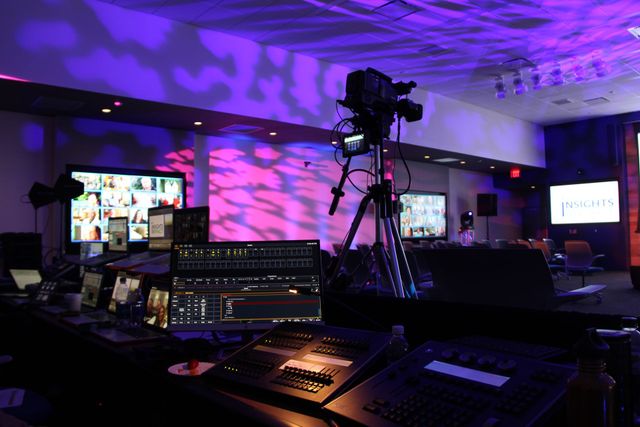Essential Strategies for Enhancing the Lifespan of The LED Display
Wiki Article
Light Emitting Diode walls are growing progressively widely used for various applications, from marketing to entertainment. To guarantee that these screens function effectively over the years, it is essential to adopt strategies that extend their durability. Understanding the factors that affect the longevity of LED walls can assist operators maintain their performance and avoid unneeded replacements.
One of the primary elements that can prolong the lifespan of an LED screen is appropriate setup. It is crucial to have a professional crew handle the setup process to ensure all parts are properly connected. Inadequate setup can result in electrical issues or physical damage. Additionally, the location of the Light Emitting Diode screen should take into account surrounding factors such as sunlight exposure and humidity levels. A well-installed screen in a suitable site will reduce the chance of damage caused by external elements.

Routine maintenance is another key tactic to extend the lifespan of an LED wall. This includes regular checks to check for any indicators of deterioration or malfunction. Dust and dirt can build up on the top of the Light Emitting Diode panels, affecting brightness and hue quality. Wiping the displays with suitable materials will help keep optimal visibility. It is also essential to check the components behind the screen, making sure that all connections are secure and that there are no overheating issues, which can greatly reduce the durability of the parts.
Power control plays a vital role in enhancing the led wall installation guidelines longevity of an Light Emitting Diode screen. Excess voltage or fluctuating power supply can damage the internal circuitry. To prevent this, using a reliable electric supply and implementing surge protection measures is advisable. Additionally, setting the display to operate at lower luminosity levels when intense luminosity is not required can lessen stress on the lights. This not only extends the lifespan of the wall but also conserves power, making it a cost-effective choice.
Furthermore, software management can influence the functionality of Light Emitting Diode screens. Consistently refreshing the program that operates the screen guarantees that it operates smoothly and includes any essential safety patches. Outdated software can lead to functionality issues and may put the setup to risks. Proper timing of programming can also assist with overseeing the workload of the screen, permitting it to idle during off-peak hours, which can aid to a greater durability.
In conclusion, maximizing the durability of an Light Emitting Diode screen involves a combination of appropriate setup, regular upkeep, efficient power management, and diligent program management. By focusing on these essential tactics, users can ensure that their LED displays stay functional and aesthetically pleasing for many seasons. Implementing proactive measures will not only improve the performance of the LED screen but also provide a greater yield on investment over the years.